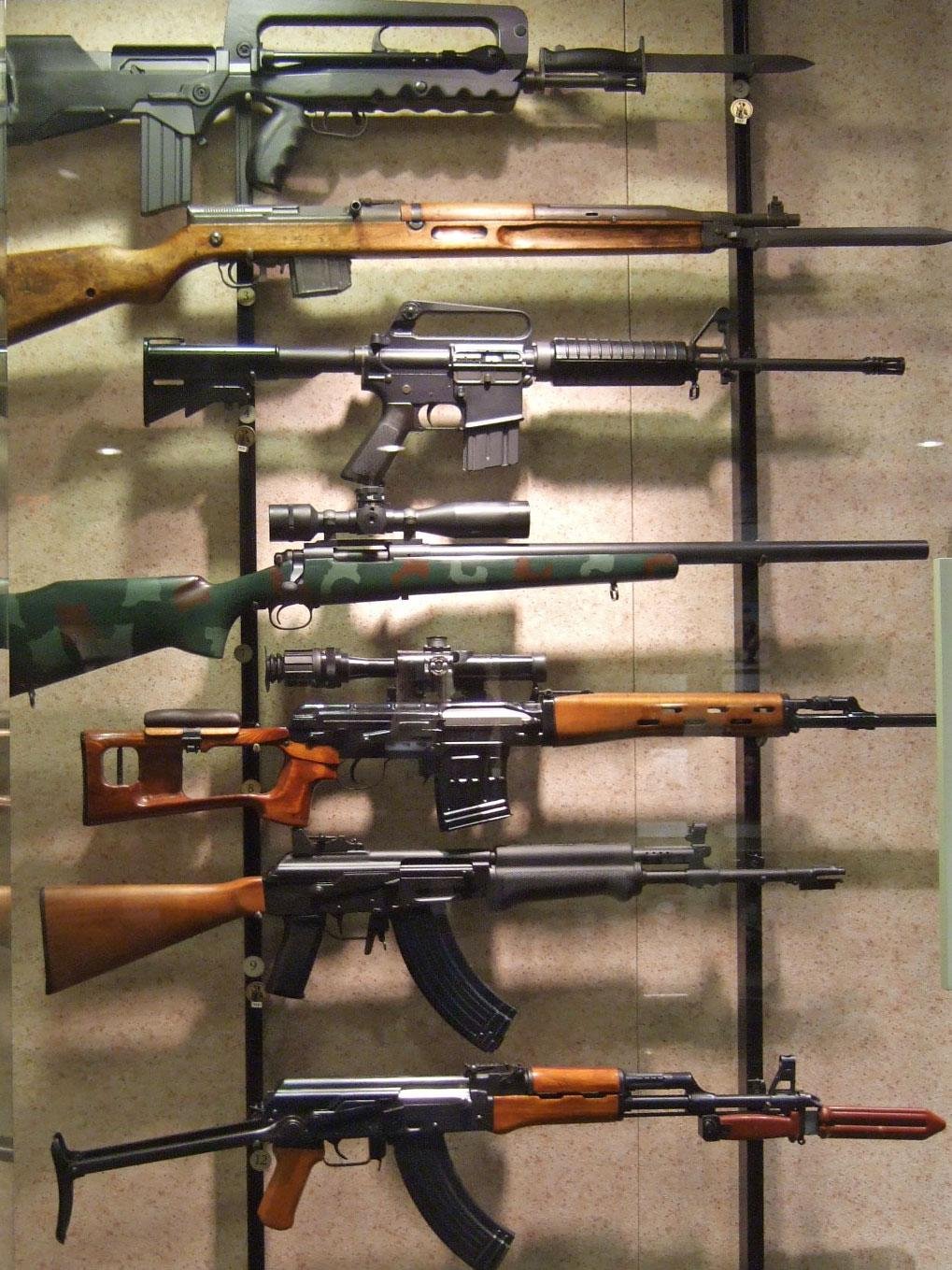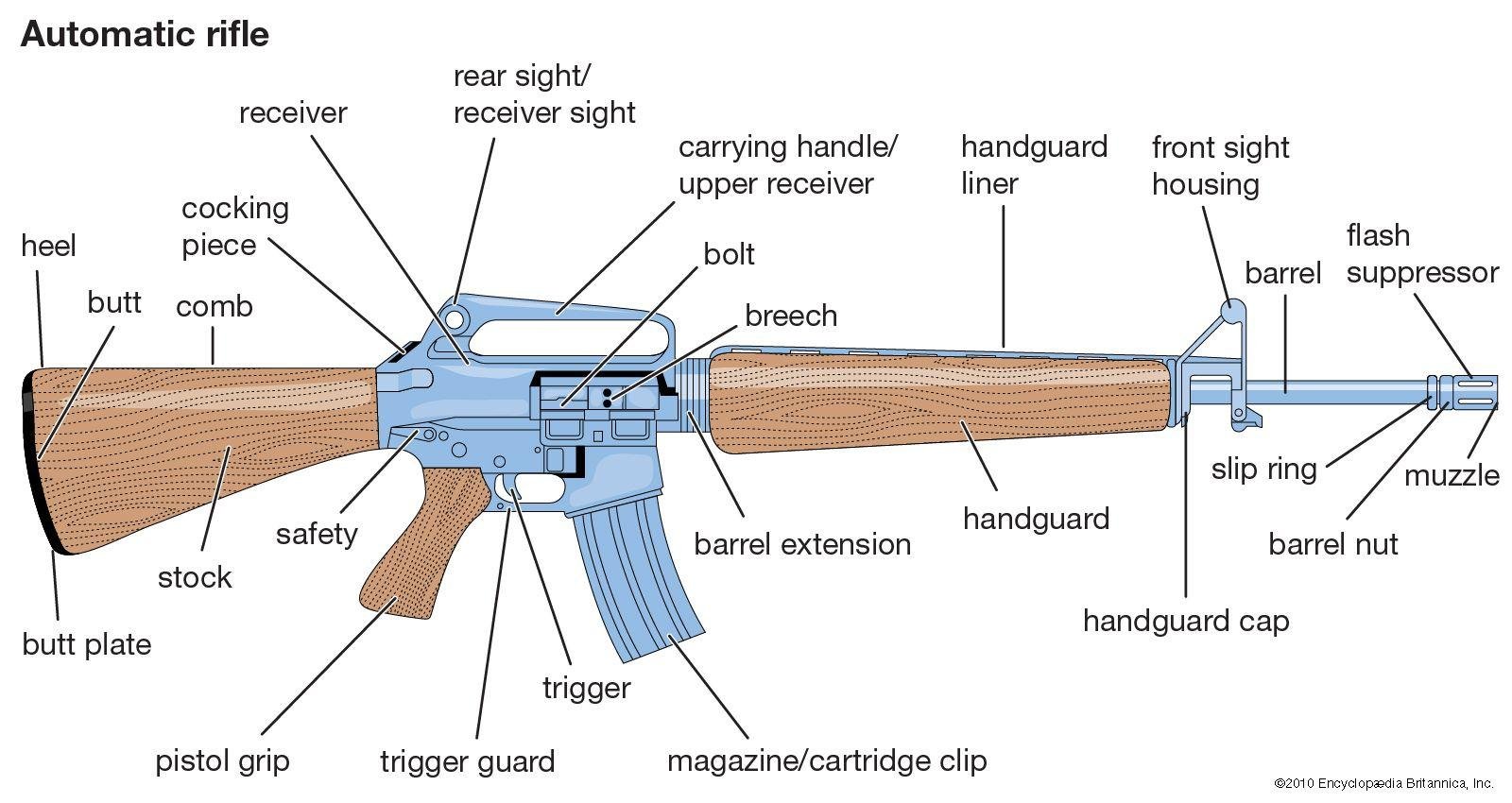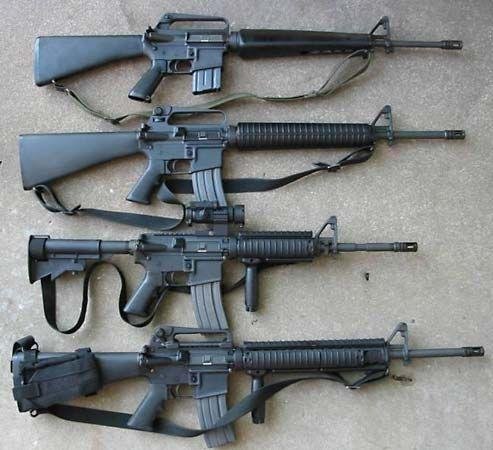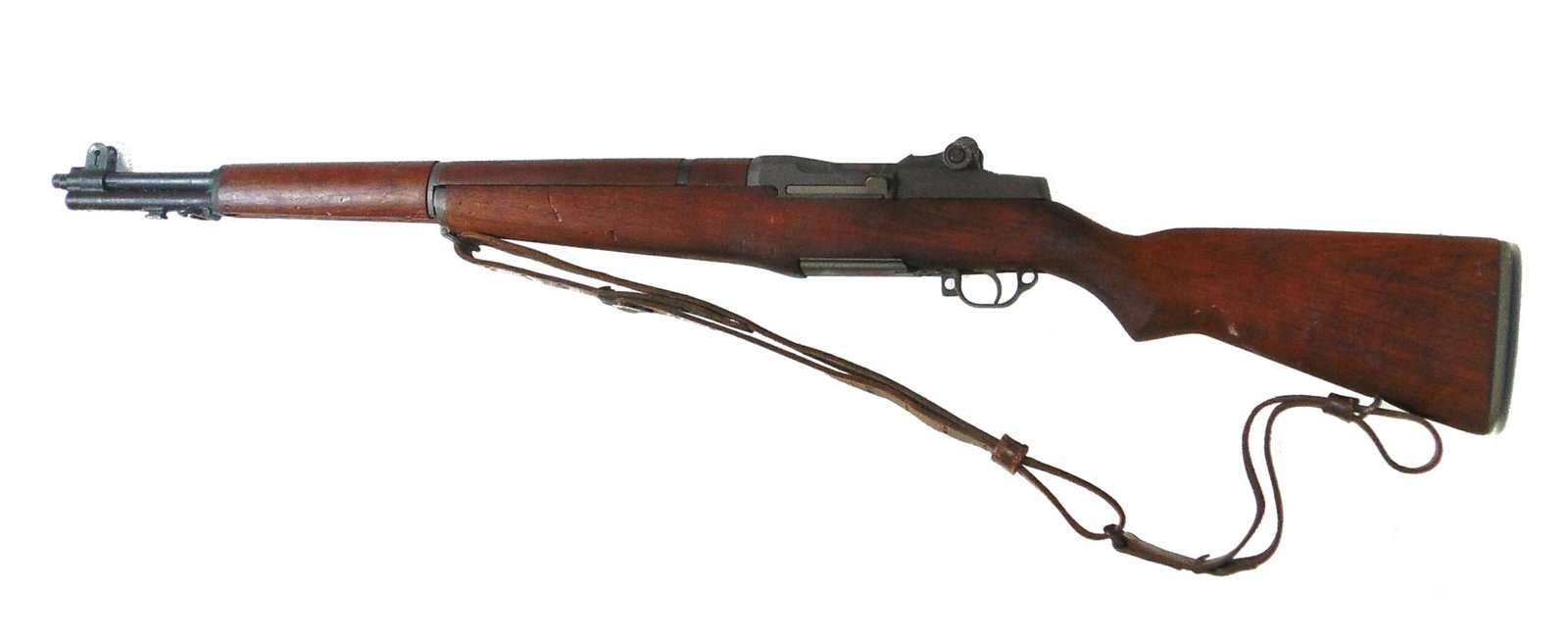Understanding Rifle Recoil and How to Manage It: A Friendly Guide to a Smoother Shooting Experience
If you’ve ever taken a shot with a rifle, you might be familiar with that jolt—a sudden push that reverberates through your shoulder and your mind. Yes, we’re talking about recoil! While some may view it as an unavoidable annoyance, recoil is a natural part of shooting that, once understood, can actually enhance your experience at the range or in the field. In this article, we’ll embark on a friendly journey through the fascinating world of rifle recoil. We’ll explore what causes it, how it affects accuracy, and most importantly, share practical tips and techniques to help you manage recoil like a pro. Whether you’re a seasoned shooter or just starting out, understanding recoil can transform your relationship with your rifle from a shaky encounter to a harmonious partnership. So, grab your gear, take a deep breath, and let’s dive into the art of mastering recoil!
The Science Behind Recoil: What Happens When the Trigger is Pulled
When a rifle’s trigger is pulled, a series of physical reactions occur that result in recoil—commonly known as kickback. Initially, the firing pin strikes the primer, igniting the gunpowder and creating an explosion of gases that rapidly expands. This force is not only directed forward, propelling the bullet down the barrel but also generates an opposite force, pushing the rifle backward into the shooter’s shoulder. The magnitude of this recoil can depend on several factors, including the weight of the bullet, the type of firearm, and the amount of gunpowder used in the cartridge. Understanding this dynamic interaction can help shooters anticipate and react appropriately.
To manage recoil effectively, consider the following strategies:
- Proper Stance: Maintaining a balanced and firm stance can distribute the recoil force more evenly.
- Rifle Fit: Using a rifle that fits your body can lessen perceived recoil and improve overall control.
- Technique: Employing a consistent, smooth trigger pull helps absorb the shock of the shot.
- Recoil Pads: Adding cushioning to the stock can significantly reduce felt recoil.
Observing how various cartridges perform in terms of recoil can also be beneficial. The following table showcases common types of ammunition and their typical recoil characteristics:
| Ammunition Type | Bullet Weight (grains) | Estimated Recoil (ft-lbs) |
|---|---|---|
| .223 Remington | 55 | 2.5 |
| .308 Winchester | 150 | 12.5 |
| 30-06 Springfield | 180 | 20.0 |
| 7mm Rem Mag | 140 | 23.0 |

The Impact of Caliber and Weight: Finding Your Perfect Match
Choosing the right caliber and weight for your rifle can significantly influence your shooting experience, especially when it comes to managing recoil. The caliber refers to the diameter of the bullet, while the weight of the rifle plays a vital role in how much recoil you experience during shooting. Generally, lighter rifles paired with larger calibers produce more pronounced recoil, which may not be pleasant for all shooters. For instance, those who are new to shooting or have a petite frame might find that a lighter caliber with a heavier weight rifle provides a more manageable shooting experience. By understanding these dynamics, you can tailor your firearm selection to better suit your physical capabilities and preferences.
When evaluating the optimal combination of caliber and weight, consider the following factors:
- Rifle Weight: Heavier rifles typically absorb recoil better, leading to a more stable shooting experience.
- Caliber Selection: Opt for a caliber that matches your skill level; lighter calibers offer easier control.
- Your Purpose: Different shooting activities (hunting, sport shooting) may require different setups.
To illustrate how different combinations can affect recoil, please refer to the table below, which showcases common calibers alongside recommended rifle weights:
| Caliber | Recommended Rifle Weight | Recoil Experience |
|---|---|---|
| .223 Remington | 6-8 lbs | Low |
| .308 Winchester | 8-10 lbs | Moderate |
| .300 Winchester Magnum | 8.5-11 lbs | High |

Techniques for Mitigating Recoil: Your Guide to a Softer Shot
Managing recoil is essential for a comfortable shooting experience. Owners of rifles can adopt various techniques to help mitigate the physical impact felt during shooting. Proper stance and grip can significantly reduce perceived recoil. By standing firmly with your feet shoulder-width apart and leaning slightly forward, you can absorb some of the shock. Additionally, maintaining a solid grip on your rifle allows you to control its movement better, enhancing both accuracy and stability.
Another effective way to soften that punch is by utilizing recoil pads and muzzle devices. Recoil pads, which can be made of rubber or foam, fit onto the butt of your rifle and absorb much of the shock. On the other hand, muzzle brakes and recoil reducers work by redirecting gases that exit the muzzle, lessening the recoil felt by the shooter. When combined with an adjustable shooting position, where you align the rifle against your shoulder comfortably, these strategies create a more pleasant shooting experience.

Gear Up: Equipment and Accessories to Reduce Recoil Fatigue
When it comes to managing the fatigue that often accompanies rifle recoil, investing in quality equipment and accessories can make a significant difference. Recoil pads are a fantastic starting point; these cushioned additions to your rifle stock absorb a portion of the shock, allowing for a more comfortable shooting experience. Additionally, muzzle brakes or compensators can redirect propellant gases, effectively reducing the backward force felt during firing. Explore the following options to tailor your setup:
- Recoil Pads: Enhance comfort and protect your shoulder from impacts.
- Muzzle Brakes: Minimize both recoil and muzzle rise for better accuracy.
- Lead Sleds: Provide stability while absorbing recoil for ease of shooting.
- Weighted Stocks: Add mass to your rifle, which can help mitigate recoil effects.
Another essential factor in combating recoil fatigue is proper shooting technique combined with the right gear. Consider using a shooting jacket or vest with padded areas focused on the shoulder to further alleviate discomfort during prolonged sessions at the range. Embracing proper stance and grip can also play a crucial role. Below is a simple comparison of gear effectiveness:
| Gear | Effectiveness in Reducing Recoil | Comfort Level |
|---|---|---|
| Recoil Pad | High | Very Comfortable |
| Muzzle Brake | Moderate | Comfortable |
| Lead Sled | Very High | Moderately Comfortable |
| Shooting Vest | Low | Very Comfortable |
Future Outlook
As we wrap up our exploration of rifle recoil, remember that understanding and managing this force doesn’t just enhance your shooting precision; it also elevates your overall experience with firearms. Like a dance partner that requires a bit of adjustment, mastering recoil can lead to a harmonious relationship between you and your rifle.
Armed with knowledge about the mechanics of recoil, along with tips for equipment choices and shooting techniques, you’re now ready to step onto the range with confidence. Embrace the process, be patient with yourself, and enjoy the journey of learning. Each shot is an opportunity to refine your skills and deepen your connection with this timeless sport.
So whether you’re honing your marksmanship or simply enjoying time outdoors, keep the conversation going. Share your experiences, ask questions, and let the world of shooting continue to inspire you. Remember, it’s not just about the power of the rifle; it’s about the mastery you bring to it. Happy shooting, and may your next round be your most enjoyable yet!

